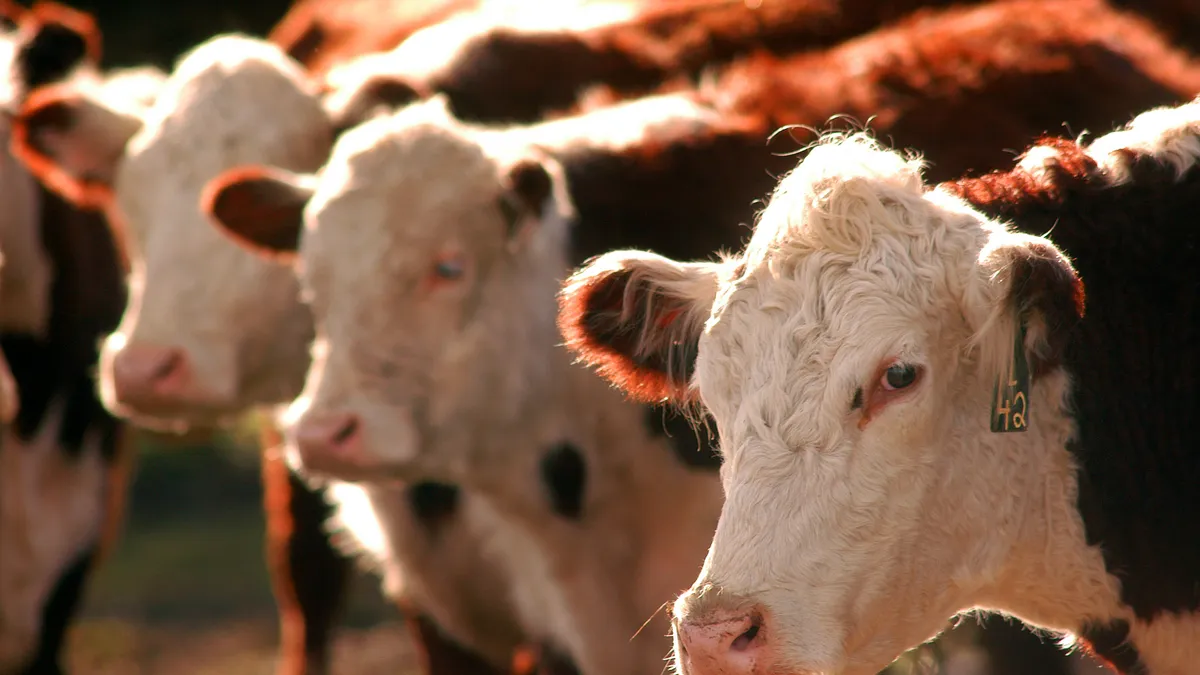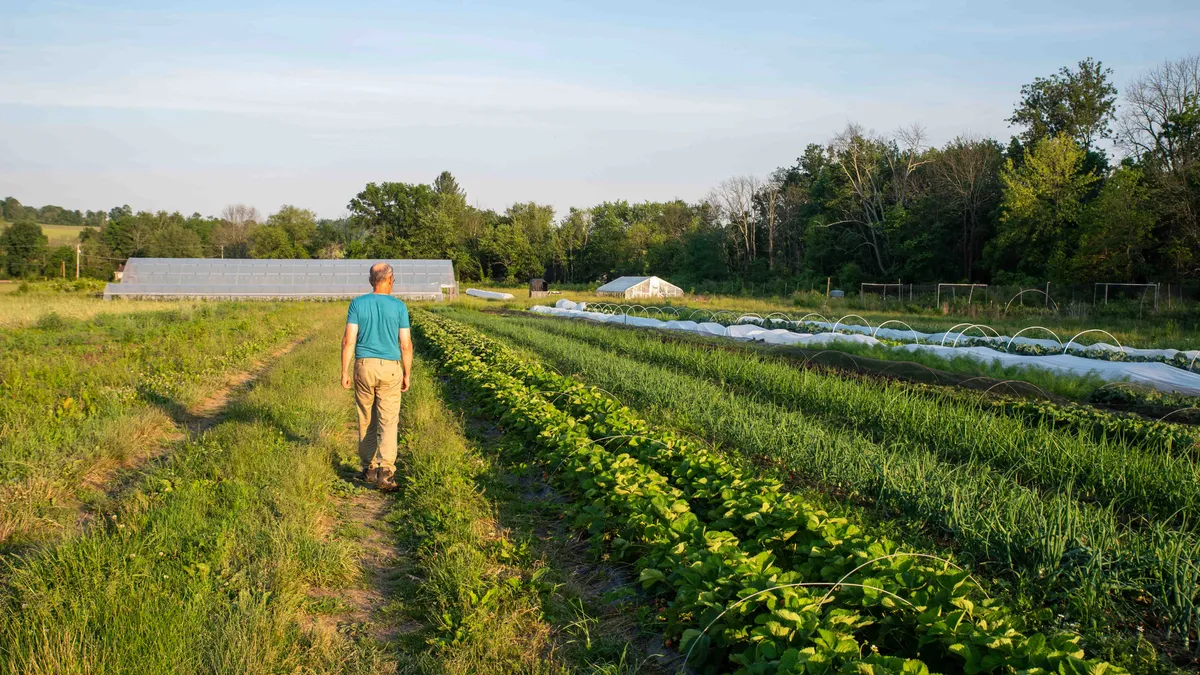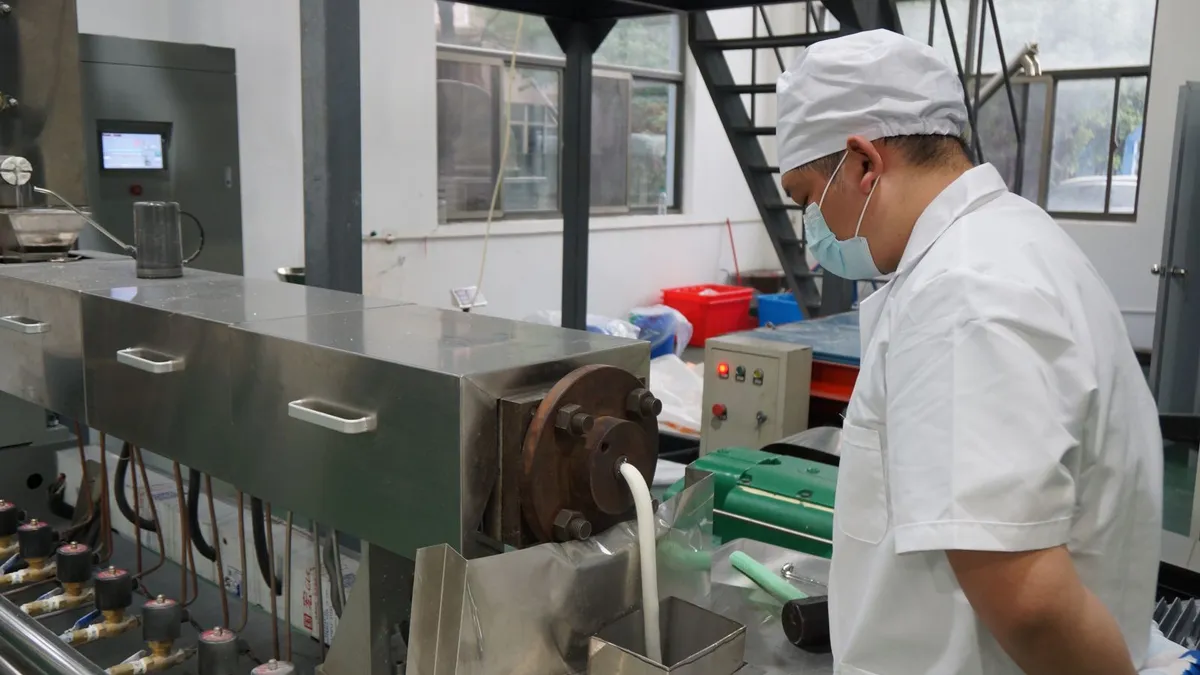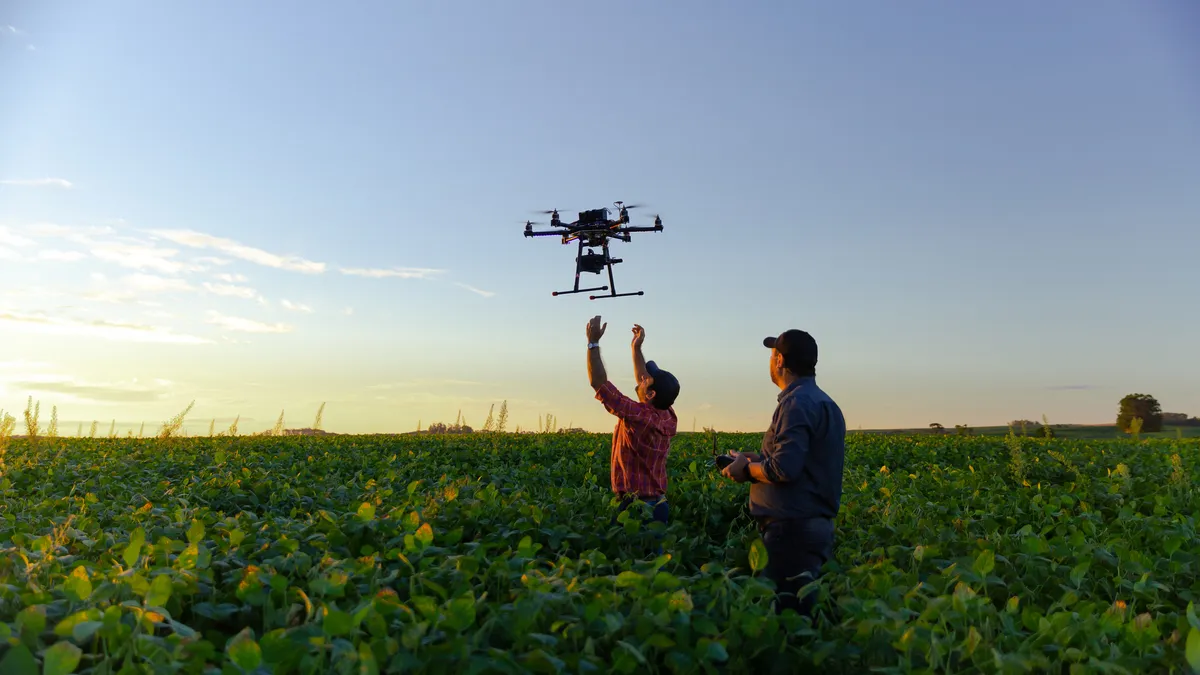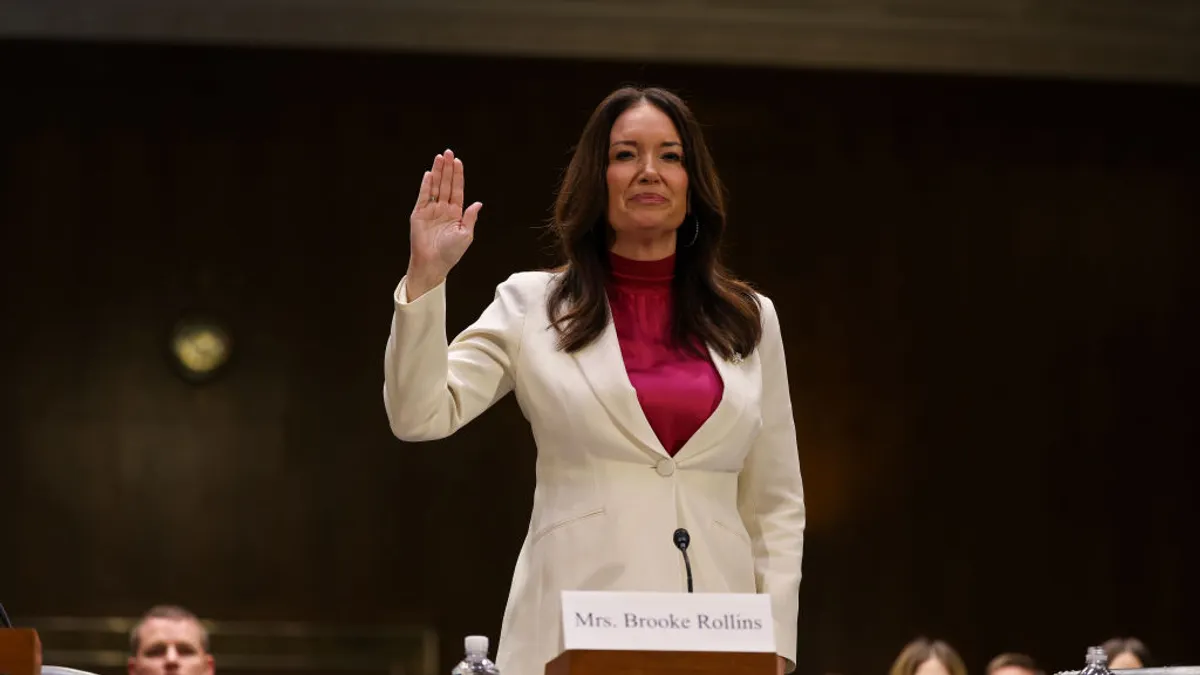This is a guest post by Meryl Richards, director, food & forests, Ceres and Vrashabh Kapate, manager, Dairy Industry, Environmental Defense Fund.
If the climate crisis continues to accelerate, the food sector will face a future with increasingly more intense supply chain disruptions that threaten profits, human and animal health, and the planet.

But there’s a crucial, science-backed pathway to help ensure the sector’s long-term economic resilience and to avoid the worst impacts of a changing climate. To quickly curb the rate of global warming, meat and dairy companies can prioritize acting on one of their largest sources of supply chain emissions – methane.
This greenhouse gas packs a punch, with 80 times the potency of carbon dioxide over a 20-year period. Agricultural activities represent nearly 40% of all human-caused methane emissions, and enteric methane, largely from cow burps, is the primary culprit.

Agriculture’s significant contributions to global methane means that companies sourcing dairy and beef need to play a leading role in partnering with farmers to drive down emissions and speed the sector’s progress toward a cleaner economy. By prioritizing methane, companies can also implement solutions that not only mitigate warming but improve the livelihoods of those at the heart of dairy and beef production.
The big question is, how?
We discussed emerging ideas and proven solutions to tackle enteric methane last week at the State of the Science Summit, which took place at the University of California, Davis. Joining our conversation were representatives from the global food company General Mills, family-owned regional dairy producer Clover Sonoma, and World Bank - IFC.
The conversation yielded a handful of important takeaways for companies looking to implement climate strategies that address agricultural methane.
1. Assess emissions and develop an action plan. You can’t manage what you can’t measure. Companies should assess and disclose their baseline methane emissions from their dairy and beef sourcing to effectively reduce supply chain methane. Based on this information, companies can strategize how to address these emissions through strategies like supplier engagement, public policy advocacy, and investments in innovative new methane solutions in their climate transition action plans. Investors are increasingly asking companies to disclose concrete plans that chart the path companies will take to achieve their climate-related goals. For companies with high exposure to beef and dairy, acting on methane will be a critical way to make progress toward these goals.
2. Collaboration is key. That’s where collaborative initiatives, such as the Dairy Methane Action Alliance, come in. Alliance members are some of the world’s largest food and dairy companies, including General Mills and Clover Sonoma, and collectively represent over $230 billion in annual global sales. Beyond committing to action and transparency on dairy methane, these companies are sharing their knowledge and support with other members. This exchange can be quite valuable as many companies factor myriad environmental and social goals into their climate transition planning but may not be aware of the opportunities of prioritizing livestock methane actions or how to get started.
3. Invest in solutions. Some solutions to address methane emissions from livestock are already available, including Bovaer, a methane-reducing feed additive just reviewed for use with dairy cattle by the U.S. Food and Drug Administration. Others — such as low-methane cattle genetics or vaccines that can curtail methane emissions — still require scientific research. To successfully slash supply chain methane at a large scale, companies must invest in research into new and developing agricultural technologies, many of which Ceres highlighted in a recent report, as well as financially support farmers in implementing those solutions when they become available.
4. Weigh costs of inaction. Our global food system depends on a stable climate. Changes in weather patterns from a hotter planet are already impacting agricultural operations, from the loss of hundreds of cattle during record-setting heat in the U.S. last year to severe drought continuing to impact beef herds across the American plains this year. Further climate destabilization exposes meat and dairy companies to escalating systemic, operational, and reputational risks while creating material risks for their investors.
At the State of the Science Summit and beyond, it’s clear that academics, policymakers, investors, and other stakeholders alike recognize the importance and promise of on-farm methane action. Meat and dairy companies can leverage the new partnership, innovation, and funding opportunities from this growing awareness to speed the transition to more just and sustainable food systems and a stronger, more resilient economy.
Turning down the dial on global warming is possible if companies act on methane now.


